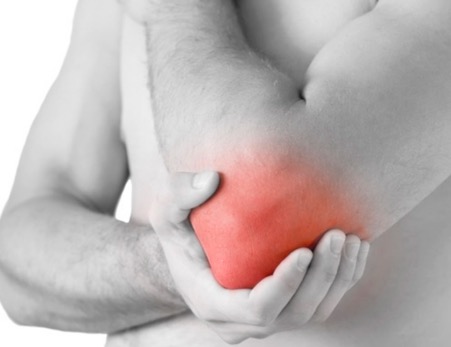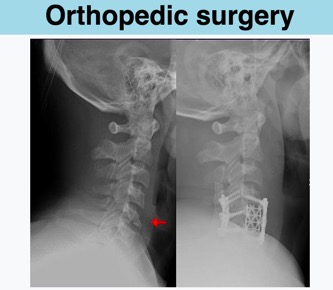What you need to know about Hand & Reconstructive Surgery
People use their hands a lot to perform various tasks. Hands can get injured by various things, overuse can cause everyday wear and tear. Acute hand injuries range from bruises to sprains, fractures and injury to muscles, tendons and ligaments.
Sometimes these injuries heal by themselves and other times they need to be treated by a medical professional who may apply medication, or apply casts or splints for fracture repair, physical therapy and in severe cases, surgery.
In the past, hand surgeons were known as the kind of medical practitioners that were more useful to athletes who used their hands in sports as well as people whose jobs put their hands under constant strain. This has changed over the years because of the technological advancements that have been made over the last couple of decades.
The biggest advancement in the surgical field has been in employing microsurgery and plastic surgery techniques to treat severe hand injuries that involve repairing nerve and various tissue injuries as well as conditions affecting the blood vessels and other conditions. Being a hand surgeon has become more than just about repairing fractures and torn ligaments but it has evolved into a field where reconstructive procedures can be done to correct deformities and even reattach severed parts of the hand.
What is Hand & Reconstructive Microsurgery?
Microsurgery is a surgical procedure performed on small structures that make up the hand like blood vessels and nerves using specialized instruments and high-powered microscopes. Microsurgery has been used since the beginning of the twentieth century. This type of surgery has enabled orthopedic doctors as well as plastic surgeons to reconstruct damaged nerves, tissue, muscle and skin. Microsurgical techniques have been used to transplant tissues, but a growing number of specialities can be brought together to reattach amputated parts and perform other medical procedures that could not be done using conventional surgery.
Hand surgery has become a specialized field on its own, incorporating other aspects like cosmetic and reconstructive surgeries. This has allowed for specialized treatments for diseases and traumas affecting the hands, wrists and arms that have an effect on hand functions.
Microsurgical techniques are also used to correct congenital abnormalities like extra digits, webbed fingers and overuse conditions such as carpal tunnel syndrome and DeQuervain’s Tenosynovitis. They are also used to correct bone and tissue deformities caused by tumors. A lot of elderly patients need hand surgery to correct Arthritis-related deformities as well deformities caused by diabetes.

The history of hand surgery as a specialized field
The term “Hand Specialist” might be a relatively new term. You can address a hand specialist as orthopedic surgeon, but the term orthopedic is too broad. Today with the advancement of medicine and technology, orthopedic surgeons like Dr Looi Kok Poh can study and train in this specialized branch of medicine and apply methods to a variety of medical cases.
The qualifications of a hand specialist or hand surgeon
To become a Hand Specialist or Hand Surgeon requires completing a residency in general orthopedic surgery and plastic surgery.

One also has to pass a board exam and then complete an additional year of Hand Surgery Fellowship. By the time one qualifies and one would have learned all aspects of diagnosing, treating and performing surgical procedures for different conditions.
The number of hand surgeons in Singapore has been on the rise. This growth is encouraging not only for those people who are interested in taking it it as a field of study but for patience who may need specialized treatment and care. There is also a growing number of hand specialist centers that offer a wide range of services from treatment to surgery and rehabilitation.